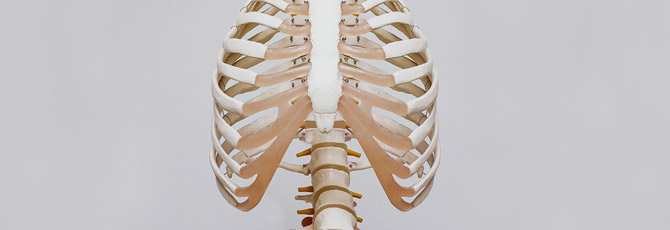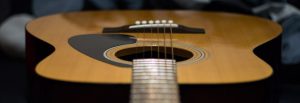
Regenerating Neuron Cells?
3D printing has made great inroads into the prosthetics industry, in fact, has revolutionized it and the healthcare business as well. From prosthetics, 3D printing has transitioned into other therapy areas with the introduction of bio-printing – the ability to print live tissues and organs using a wide choice of bio inks.
As far as developing biomedical devices and bionic organs via 3D printing is concerned, this is the speciality of the University of Minnesota McAlpine research group. One of its most recent projects was the creation of a 3D-printed spinal cord scaffold complete with neurons. It used an array of bio inks and was able to induce pluripotent stem cells, spinal neuronal progenitor cells and oligodendrocyte progenitor cells.
The cells were mixed with other materials and printed using a new 3D printing technique. They put it inside a 3D-printed silicone scaffold, resulting in the formation of a multicellular complex encased in a silicone guide. After the cells were cultured for a week, majority of them had fully developed into neurons with axons extending down the scaffold.
Have they used it yet on a live patient? Not yet, but its potential is truly mind-blowing. Eventually, it is hoped that the 3D bio-printed spinal cord scaffold can be implanted into a human spinal cord and guide the growth of neurons to rebuild damaged neural connections.
Many patients suffer from spinal cord injuries – brought on by vehicular crashes, sudden traumatic blows from falls that can cause fractures, dislocations, and the like. Spinal cord injury can disrupt communication between the brain and muscles when neurons lose their connection to axons located below the site of injury. It can lead to loss of movement, chronic pain, paralysis and even death. Every year, an estimated 11,000 SCIs occur in the U.S. Most of these are caused by trauma to the vertebral column.
However, it may take a long time still before 3D printing technology becomes an established therapy for spinal cord injuries. The McAlpine research group is facing its next challenge – that is to keep all of the cells alive during the printing process as well as integrating the technology in the laboratory that it can be applied to a living case. It holds the promise of potentially helping people suffering from spinal cord injuries.
Looking to The Future in Seattle
In Seattle, your 3D printing company’s hopes are high for the future of this technology in the field of healthcare. As the industry makes inroads, so will we follow suit in the service of the community.



